The movement of live deer is supercharging the spread of chronic wasting disease, and the captive deer industry must be held accountable
It’s a fantastic time of year to be in the woods, and as much as we’d love to just let you enjoy your deer season, without any nagging sense of unease, there is a critical need for hunters to speak out about the rapid spread of chronic wasting disease.
By now, you’ve heard us repeatedly state these facts about CWD: It’s 100-percent fatal in deer, elk, moose, and other cervids. It is now found in 26 U.S. states, and possibly others where they have failed to detect or even test for it. Infected animals can spread the disease through urine and saliva, sometimes for years, before succumbing to its effects. The prions—malformed proteins that cause CWD—can be taken up in plant matter and transported, and hunters can unwittingly spread CWD by transporting the carcass of an infected animal.
But it’s time that we get real about one more thing: The greatest threat to deer hunting is the movement of live deer within and between states by the captive deer industry.
Freak Deer, Profit Motive, and CWD
For those who lack the time, patience, or skills to harvest a deer the old-fashioned way—but who have plenty of money and no qualms about practicing fair chase—captive deer facilities are just the answer. A person can select his or her deer from a menu, and success is guaranteed. Moreover, these facilities can grow deer never found in nature. Genetic manipulation, steroids, supercharged feed, and no challenge from predators can create freaks that true hunters know did not come from the wild but look great on a den or office wall.
When a single deer can be sold for more than $25,000, it is easy to understand why there are 4,000 or more such facilities in the U.S. today. But we can point to at least four examples in the last five months that show the blatant disregard for science by the captive deer industry and the fecklessness of current state and federal regulations.
In northern Minnesota, CWD-positive carcasses from a defunct captive facility were discovered dumped on nearby public land, threatening to introduce the disease to a new part of the state. In Texas, the disease was detected at three facilities outside of Dallas and San Antonio, but only after those facilities shipped deer to more than 260 others across the state.
CWD was then detected in a captive whitetail deer on a hunting preserve in Pennsylvania’s Northern Tier, spreading the disease to a new part of the state and posing a heightened threat to New York’s deer population to the north. Most recently, two CWD-positive captive deer in Wisconsin prompted an investigation into one of the most, if not the most, extensive web of deer shipments from a CWD-positive facility on record—nearly 400 deer were sent to 40 facilities in seven states over the last five years.
CWD was first detected in a captive facility in Colorado in 1967 and since that time has spread to almost every place captive deer facilities exist. Federal and state best practices demand that any facility where a CWD-positive deer is found be depopulated and closed. Science shows that the prions remain in the soil of an infected facility for a decade or more, so just getting rid of infected animals is not sufficient. But the profit motive is so great, it is common for deer breeders to hide infections, or simply not test, and thus spread the disease.
Four Ways to Prevent Captive Deer From Spreading CWD
It is past time for state and federal regulators to step in and prevent the threat of CWD to wild deer, as the captive deer industry either lacks the ability or willingness to police itself. Here’s how:
- The U.S. Department of Agriculture should immediately ban the interstate movement of live deer.
- Congress needs to help fund surveillance and testing programs in all the states.
- All captive deer facilities should follow the best management practices put forward by the Association of Fish and Wildlife Agencies in 2018, including double fencing—which helps to eliminate direct transmission from captive to wild deer—and 100-percent testing of all captive deer deaths.
- All deer breeders should be required to have insurance or post a bond to fund the depopulation and permanent closure of infected facilities, so taxpayers no longer have to foot the bill for a bad actor’s reckless behavior.
Hunters understand that success in the deer woods is not guaranteed. In fact, most of us return emptyhanded from a day in the woods but generally richer for the experience. But we cannot fail when it comes to stopping CWD. Hunters, politicians, and regulators need to step up and do what is necessary for the deer hunting tradition—and the billions of dollars in conservation funding that hunters generate—can continue into the future.
Do Your Part Now
Do what you can this season: Get your deer tested. Check your local regulations on carcass transport and disposal. Consider boning out your deer in the field to avoid transporting the parts of the carcass that would carry CWD. (MeatEater’s Janis Putelis takes you through the process in the video below.) Finally, take action to push the Secretary of Agriculture to take immediate action to stop the spread of CWD from captive deer facilities.
Top photo courtesy of the National Deer Association.


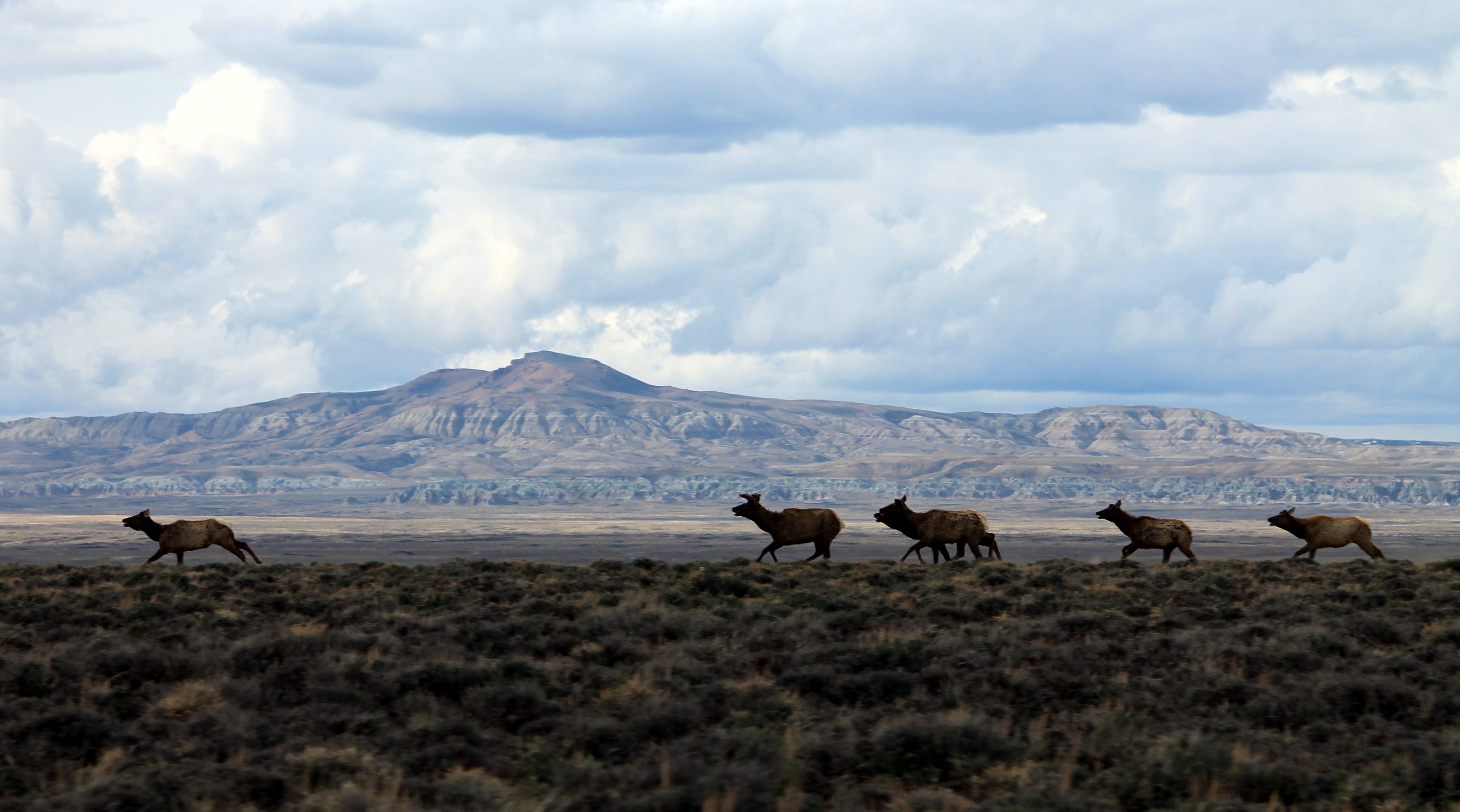
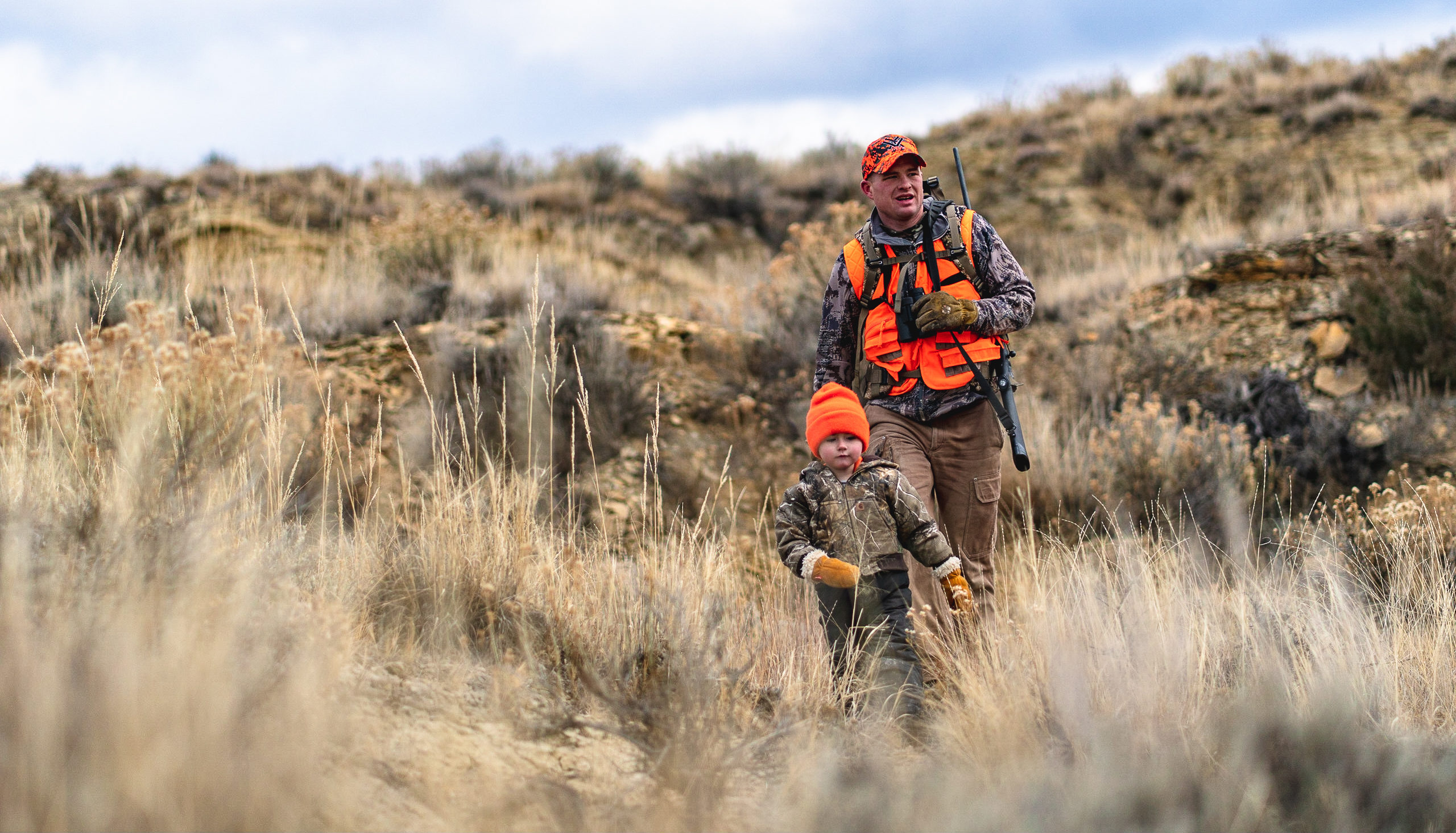
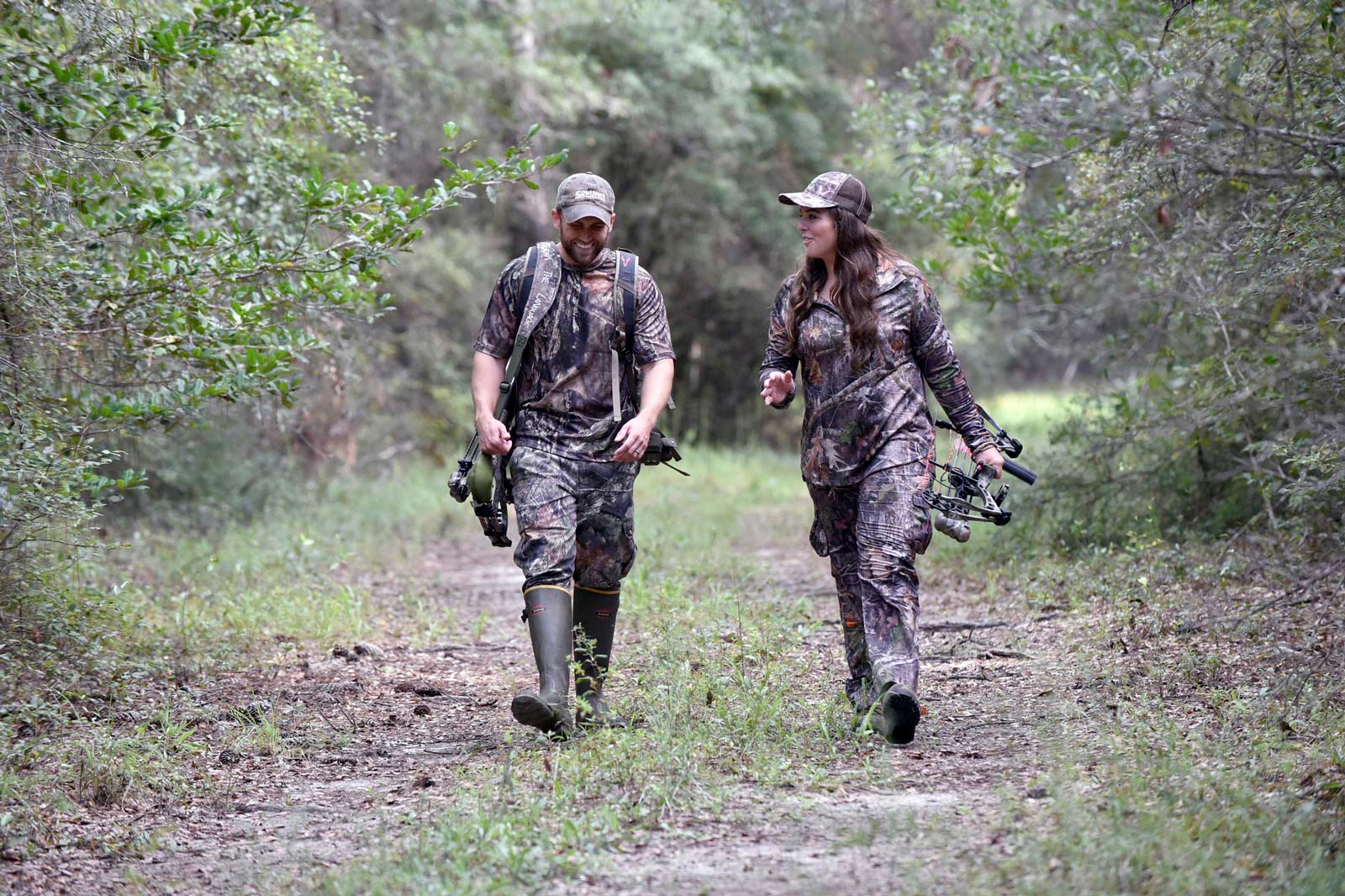
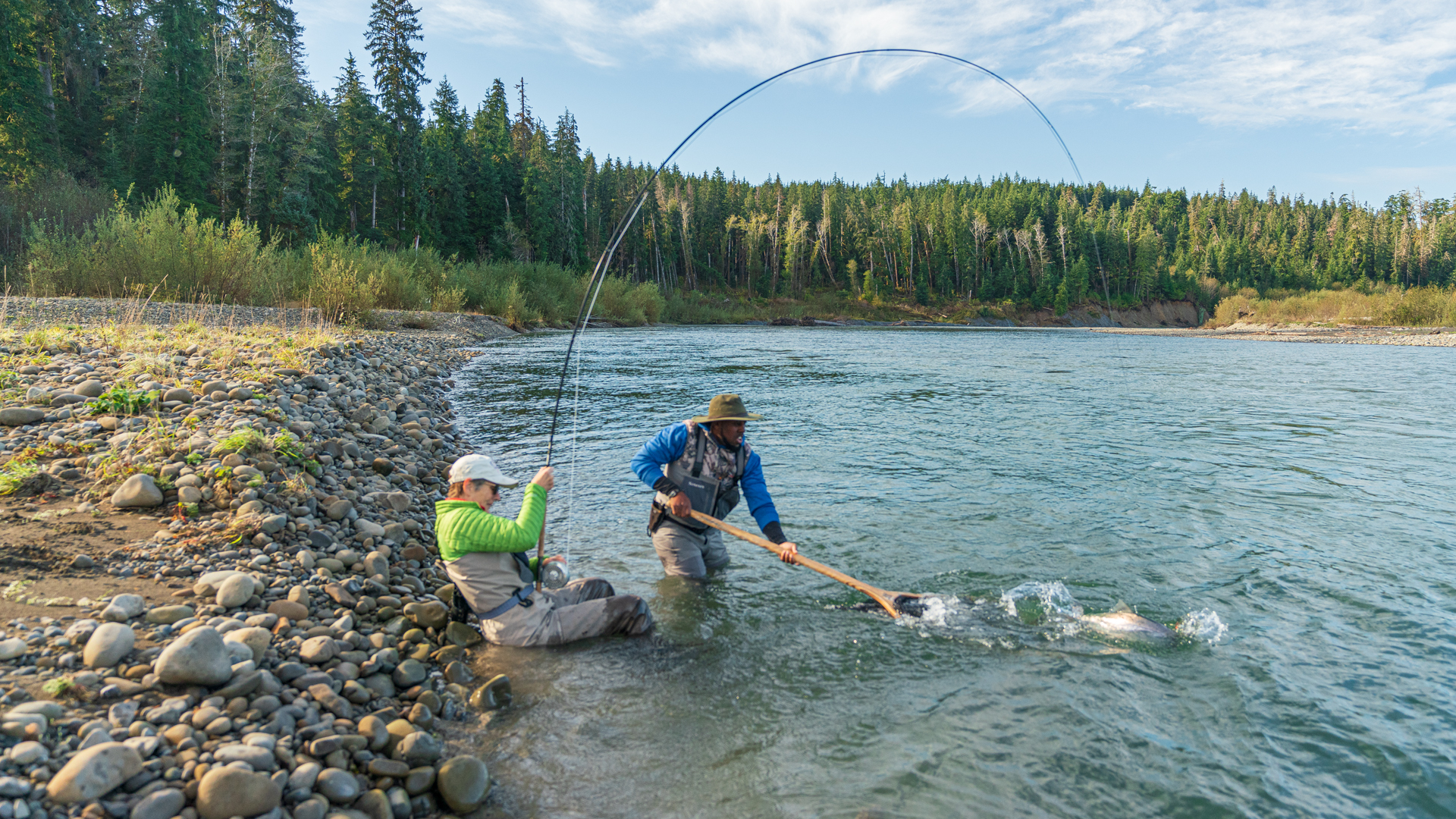
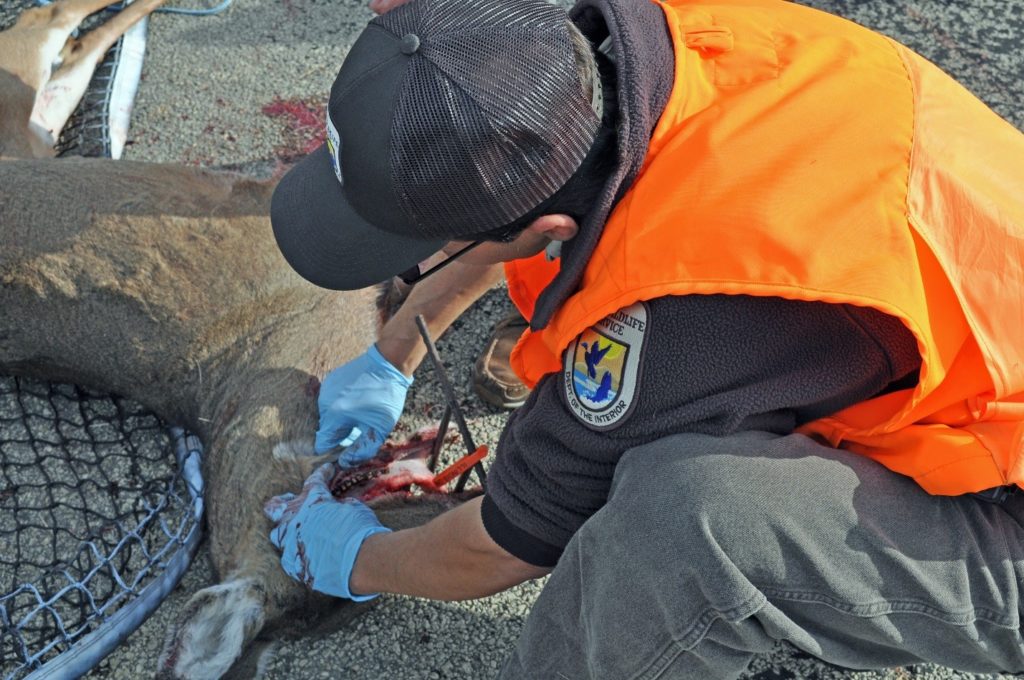
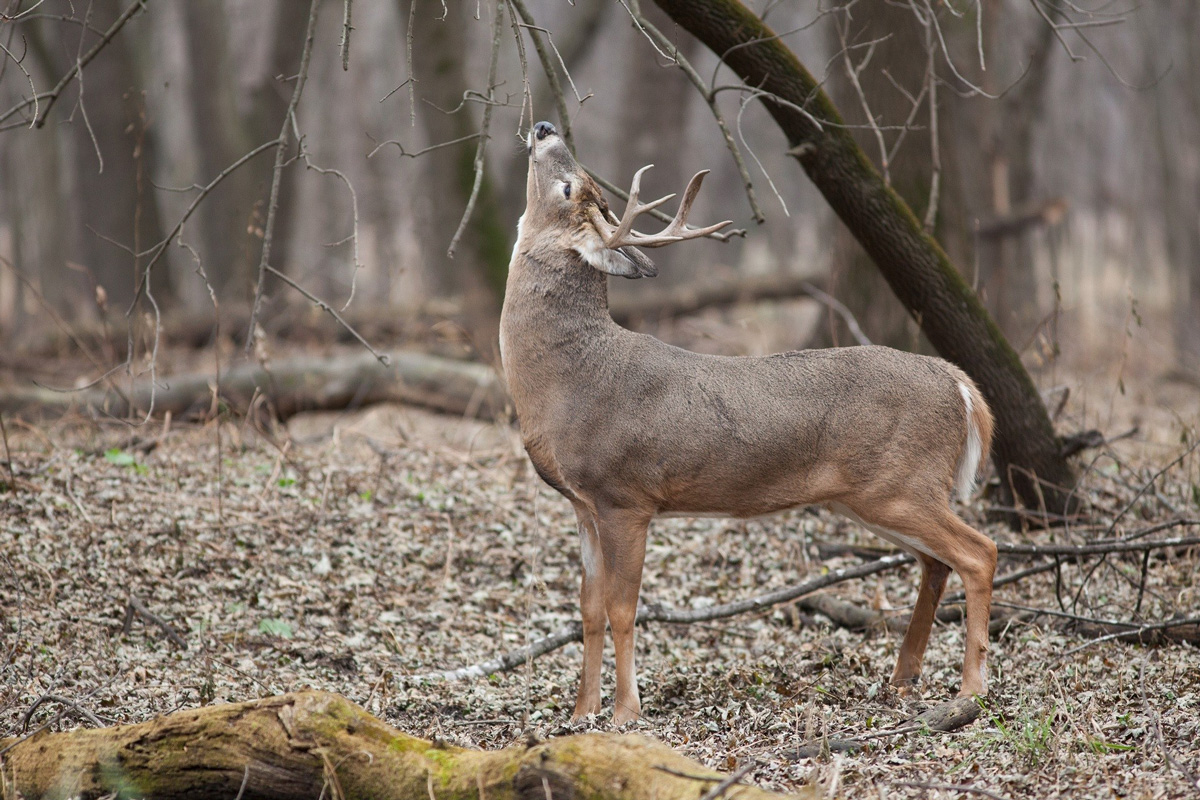




If science governed decisions related to natural resources, we wouldn’t be in a lot of the pickles we’re in, including this one!
Finally!!! Action on CWD that actually will accomplish something and not just a bunch of “feel-good, look-at-us-doing something” rubbish. Literally everyone knows that CWD starts, continues, and ends with captive deer facilities. Let’s keep up the pressure and put an end to the senseless denial that we’ve had to endure for so long.
Thank you for sharing your thoughts on this subject. It is a difficult one to be sure. If the spread of CWD required live deer, the connection between the spread of this disease and the captive cervid industry would certainly be much clearer than some suggest it is. Of course, we know that wild deer are capable of regular movements well in excess of 100 miles or more. These “excursions” most assuredly are contributing to the natural spread of the disease. The unfortunate reality is, CWD does not need live deer to spread. Scavengers may be contributing to the spread and of course carcasses have been moving intra and interstate long before CWD was even described. We’re in this together. Let’s work on it together!
Thanks for the thoughtful response, Michael. We don’t disagree that wild deer movements and environmental factors contribute to disease spread, but we also can’t ignore the role that the captive deer industry continues to play. The disease was first detected in captive facilities in 17 of the 30 CWD-positive states. And the cost burden placed on taxpayers associated with indemnification raises serious questions of good governance of the industry.
What is the likelihood that federal regulators will put “Teeth” behind compliance to the suggested course of action?